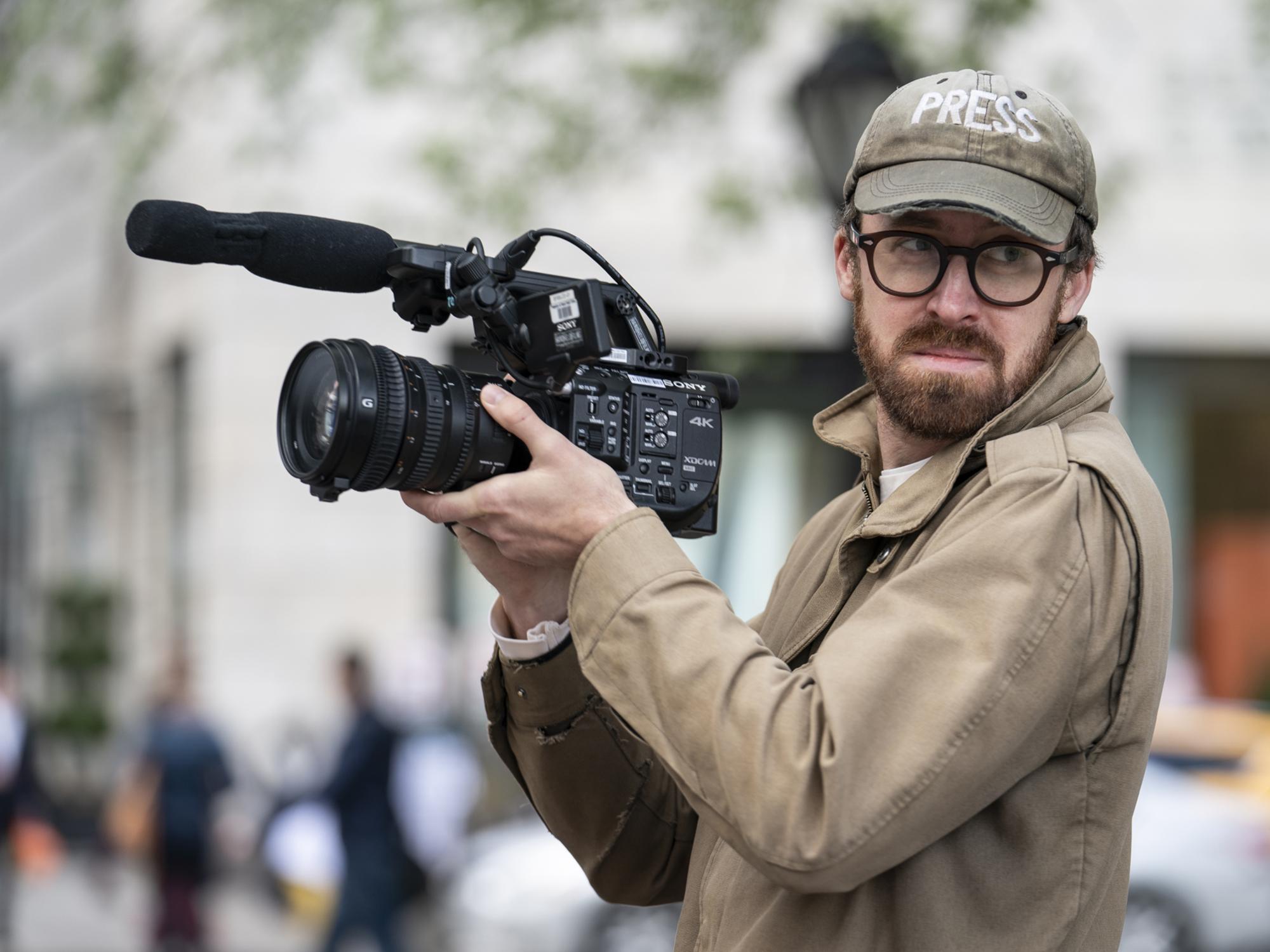Who is the inventor of the Golden Raspberry Awards?
Unlike the Academy Awards, Golden Raspberry Awards are awards given to the worst films, directors, and actors of the year. The Razzie Awards do not target low-budget films. Hollywood's high-budget, highly anticipated big productions are the target of this award.

Actors such as Sylvester Stallone, Kevin Costner, Sharon Stone, and Halle Berry have won this award. The selection is made among 5 candidates, as in the Academy Awards.
Awards are distributed the day before the Oscars ceremony. There are only Tom Green, Halle Berry, and Sandra Bullock who won this award and went to collect it. The award gets its name not from being gold, but from its golden color, and its current price is $4.95.
The father of the Razzie Awards is John Wilson.
So who is John Wilson?
John Wilson is a documentarian who has lived in Queens for years. He has done different jobs throughout his life. These include working as a private detective and a cameraman for television promotions. During these works, he records New York and everything he sees with his camera in hand at every opportunity he gets. In fact, this curiosity stems from his excitement for New York rather than an artistic concern. Wilson wants to record as much as he can of this city, which constantly changes, destroys, and renews itself before it disappears. He prefers to organize the videos he initially shot around 'how-to' questions and upload them to Vimeo and his own website, and he manages to gain a small but significant fan base.
John Michael Wilson (born October 7, 1986) is an American documentary filmmaker. He is the creator and director of How To with John Wilson, a comedy-docuseries on HBO.
One of these fans is behind Wilson's introduction to the world and his agreement with HBO. Nathan Fielder, creator of the Comedy Central comedy show Nathan for You, sees the potential of the videos and wants to be a part of it. While trying to explain the concept to HBO, he describes it as a wildlife documentary set in New York, starring humans. HBO also decided to do this job, and How to With John Wilson, in which Fielder also took part as a producer, was born. Wilson explains that many documentaries are about events that have already happened, and that's where his work diverges from them. Moreover, despite the agreement he made with HBO, he did not change the creation process, he allowed the story to find him and lost control in the first place while creating the stories.
The first moment of the season opens with the view of a garbage dump. There's the familiar skyline of New York in the background, yes. But this is an introduction to New York that we are not used to and that is not cliché. From the very first moment, we understand that a different depiction of the city awaits us. The dump here can be seen as equating New York with a dump. Which isn't so wrong. But let's not forget that for someone like Wilson, trash is not an insult or a derogatory term. Because Wilson examines with incredible curiosity the places, people, and subjects that no one sees, wants to look at, or wonders about. For him, it is like a garbage dump or a treasure chest that others may not appreciate. Because Wilson actually has the ability to turn anything into a jewel in fiction.
Although what Wilson tells in voice-over starts with questions about daily life, it turns into emotional inferences about the world and life. As a narrator, his voice and intonation are almost emotionless, and neutral, which supports this text in an unexpected way. Wilson shows everything absurd with his camera, but he doesn't make fun of anything or judge anything. For him, everything he sees is an opportunity to make sense of the thoughts in his head. For example, in the chapter on memory, we learn that he wrote down his worries and every activity he did over the years in notebooks. Maybe we realize that this is where the obsession with recording with a camera comes from. He attributes that episode to the fact that we cannot control time in general, that forgetting some things is not scary, and that the possibility of forgetting is what makes life special. Or it creates a narrative in which covering furniture with plastic is tied to the pleasures we feel entitled to in life, scaffolding is tied to our fears, and dividing the bill is tied to capitalism.
